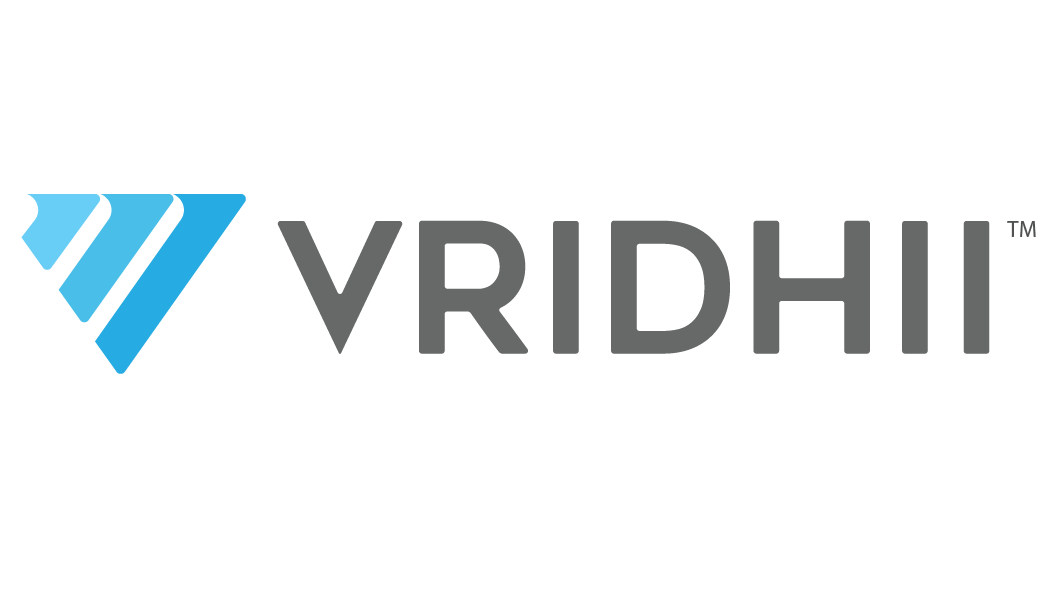5 Simple ways of optimizing the speed of your website
The speed of a company website sets the first impression for customers in the fast-paced online world. It is unacceptable to load slowly. Consumers today have no patience to wait, no matter how great your service or site is. Organizations have 2 seconds or less before frustration sets in (ideally less) and customers take their quest elsewhere. When users are on the move, this is exacerbated on the phone?more hurried= less patience.
As discussed earlier, there may be a variety of factors that cause slow page load times, including design, images, or links; all of which will result in Google’s algorithms pushing your site down on the search engine ranking page?making you invisible, as well as slow. Oh, oh, oh, oh.
Online success is about keeping your customers happy. What are they going to want? A pleasant experience. This begins with fast loading times.
Optimizing the load time of your website While optimization can be a little complex and confusing, some simple steps can be taken by businesses to improve loading times and enhance customer experience.
1. Optimise images
Quality images improve interaction, but websites are slowed down by large files. Fortunately, image sizes can be reduced by using software such as ImageOptim, JPEGmini, or Kraken without compromising quality.
2. Reduce plugins
The more plugins that are available on a page, the more resources needed to run them. In order to see which plugins slow down the website, companies can run a performance test. Evite plugins loading lots of scripts and styles or generating lots of queries from databases.
3. Website caching
Caching temporarily stores data on the computer of a visitor. Implementing caching allows visitors to reload the same data whenever they visit the site, thereby improving speed. For each platform, the approach to website caching is different. Companies can get in touch with their host to see their options.
4. Avoid redirects
Redirects of the website create additional requests for HTTP. This has a negative effect on the performance of the website. We recommend avoiding them if they are not necessary. By running a site scan with tools such as Screaming Frog, you can identify redirects.
5. Use compression
Compression reduces the size of the page drastically, which in turn increases its speed. It’s like a zip file for your website. The compression process depends on the web server and its settings. In order to see what they can do, businesses need to contact their hosting company.
You’re not going to have a second chance to offer a positive user experience. High-performance websites get high return visits, lower bounce rates, higher conversions, better engagement, higher organic search ranks, and better user experience; the optimal results every business is looking for.
Starting with these five simple steps, companies will take a long way to cut down on loading times. Not only will it help win their site visitors ‘ very short attention span, but it will also help put the SEO sites in favor of Google’s algorithms; deliver more visitors to the site, ready to be wowed by a smooth user experience and move quickly through the sales cycle.
Companies can test their site using Google’s PageSpeed insights. If a fine tuning is required, it is time to implement the above steps or contact Vridhii.
Our team here at Vridhii, as a website design company specializes in page speed optimization and search engine optimization in Hyderabad. If you’re looking for a Hyderabad SEO company that can speed up your loading time and boost your results online, you’ve been covered by Vridhii.

